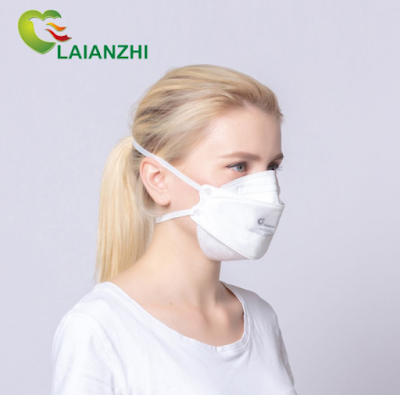The Evolution and Importance of Ice Cream Containers
Ice cream, a beloved frozen treat enjoyed by people of all ages, owes much of its convenience and appeal to the humble ice cream container. These containers have evolved over the years, not only in their design and materials but also in their ability to preserve the quality of this delectable dessert. In this article, we delve into the evolution and importance of ice cream containers, exploring their role in shaping the way we enjoy and share this delightful indulgence. Early Days: The Birth of Convenience Before the invention of dedicated ice cream containers , ice cream was often served in dishes, cups, or even simple cones. However, as the popularity of ice cream grew, so did the demand for more convenient and hygienic methods of packaging and distributing this frozen treat. In the late 19th and early 20th centuries, the first commercially available ice cream containers emerged. These containers were often made from materials like metal, glass, or even wood. The Advent o...

